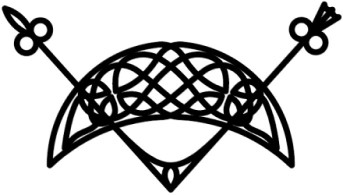One of the major differences between today, and the Early Middle Ages of Europe, is that foods which would have been available are much different. Some foods were discovered in the Americas, and even then, they didn’t gain widespread use in Europe until the Renaissance or later. So the peoples of the Early Middle Ages would have mostly eaten foodstuffs which could be cultivated easily in their local area. Only foodstuffs which could be preserved through things such as salting, or other preservation methods would have been able to be transported and hence traded.
Barley – One of the first cultivated grains, growing in temperate climates, and known to have been cultivated in Eurasia it is estimated 13,000 years ago. The word Barley, comes from the Old English barlic, berlic, a compound word derived from the Anglo Saxon bære / bere and the term lic which means body. This matches to the scandinavian form bear, itself derived from the Old Norse barr, which can all trace their origin back to Proto-Germanic from *bariz, *baraz.
Barley has been found in the Arbon Bleiche 3 Neolithic lake dwelling site, located on the southern shore of Lake Constance in Switzerland and the occupation is dated to 5400 years ago, indicating that Barley had well and truly been established in Europe prior to the period we are re-enacting. Finds of Barley have been discovered at the following sites:
- Jorvik (modern day York) in the Danelaw, England
- Birka, Sweden (found in Bread)
- Dublin, Ireland
